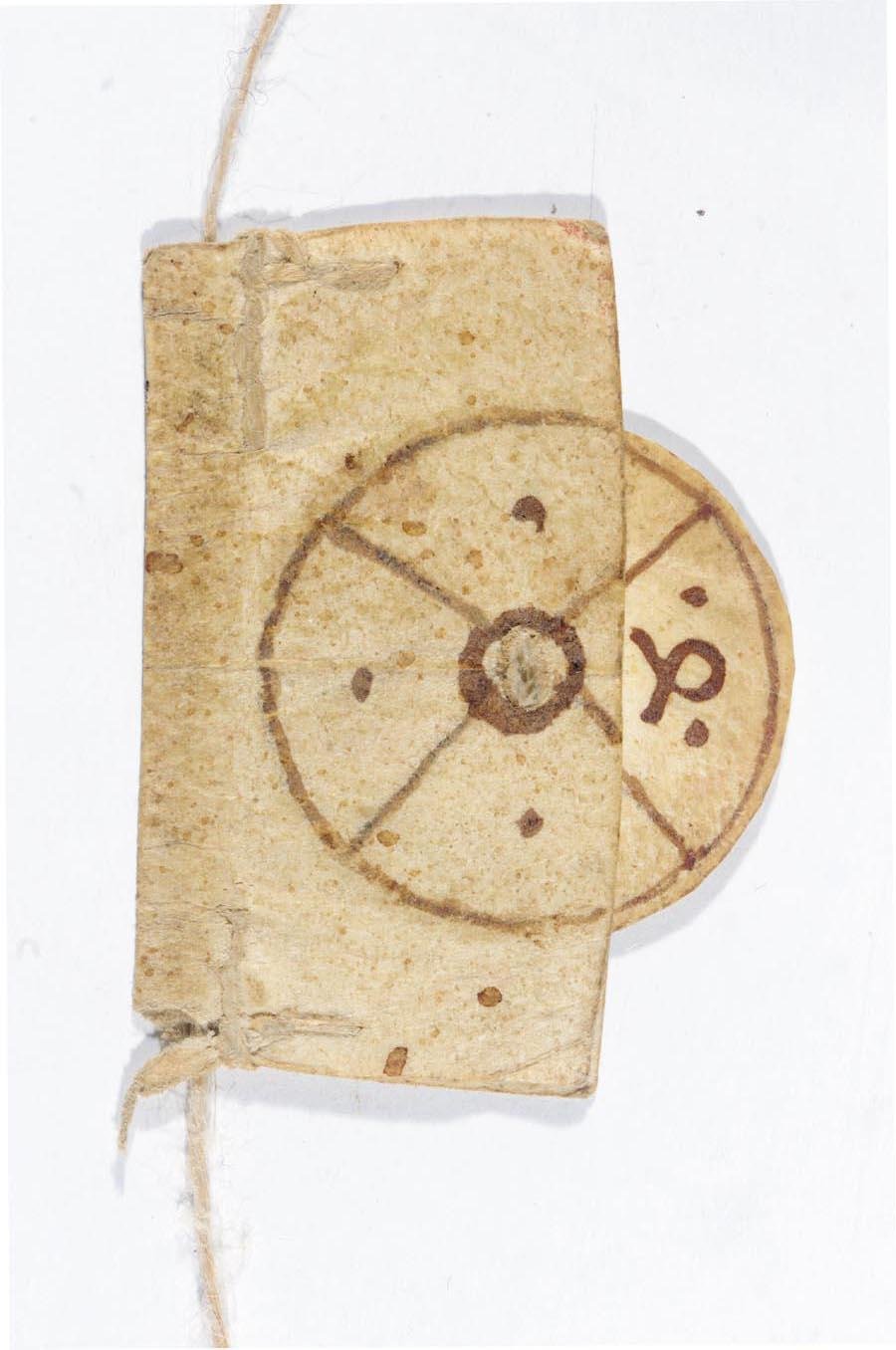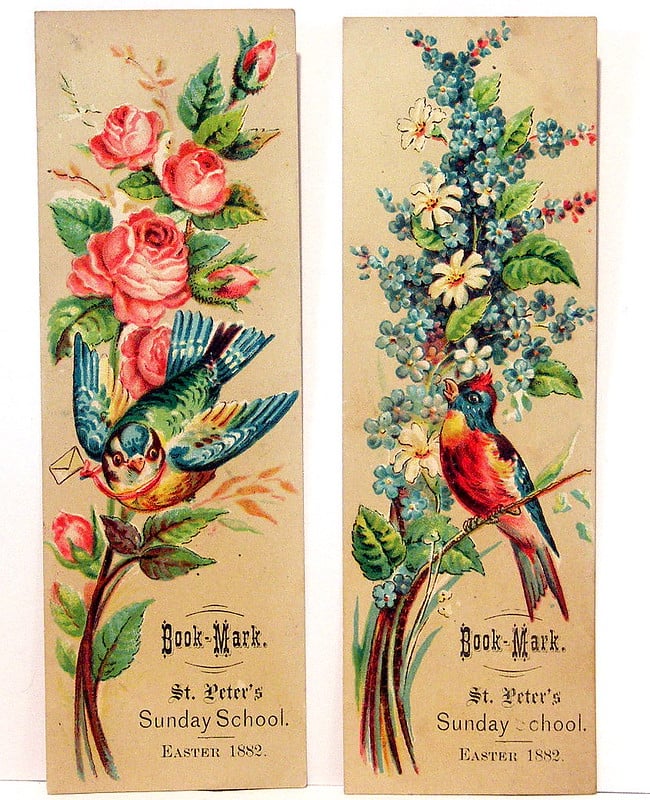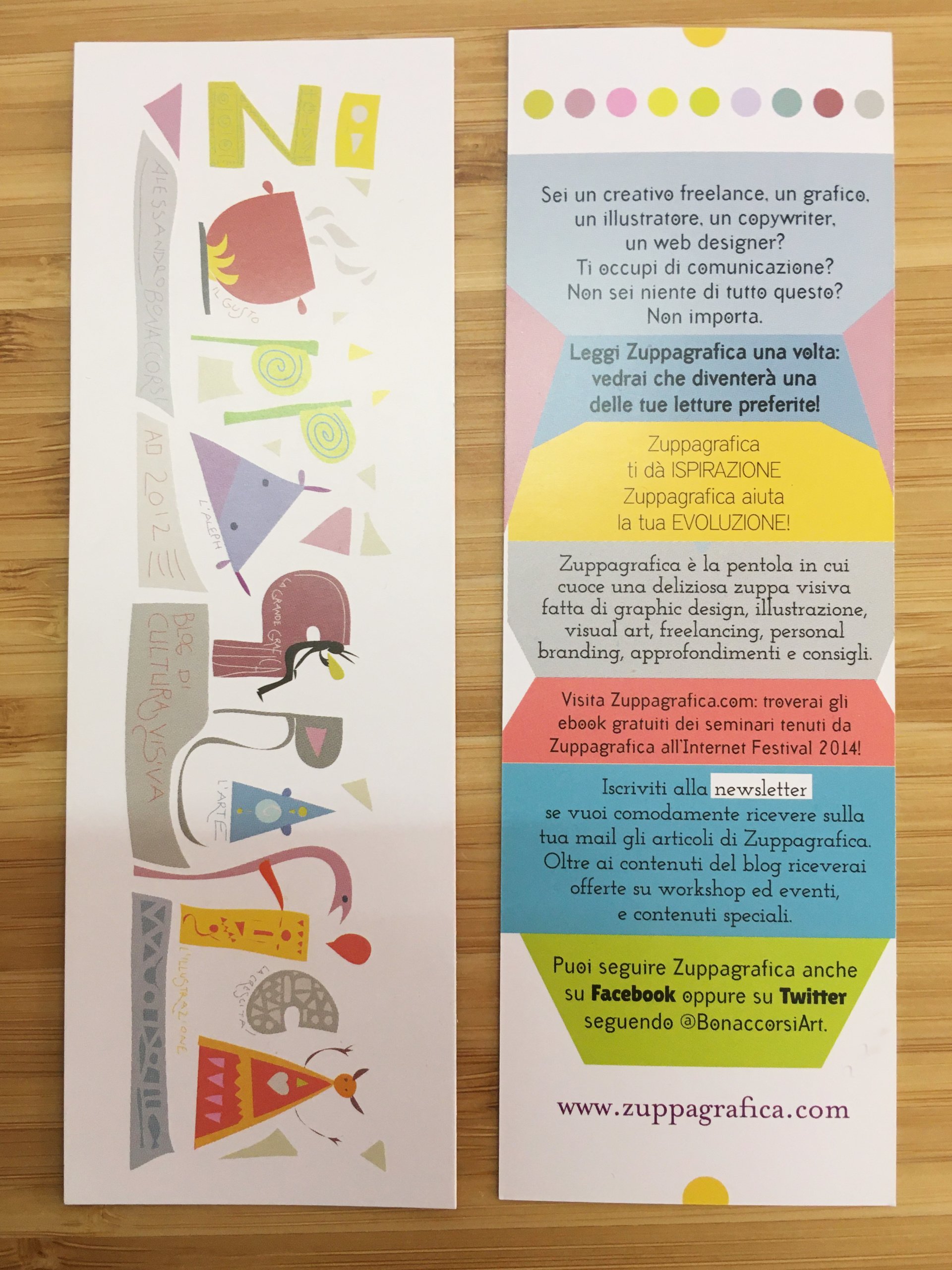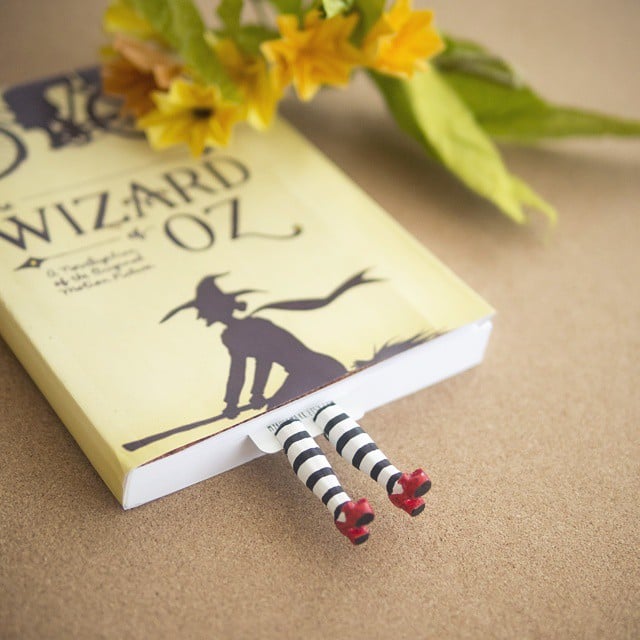The Bookmark: A Reader’s Ultimate Companion
A bookmark isn’t just a tool; it’s a companion that captures the essence of every reader’s journey, preserving timely memories of their adventures through pages.
The Italian Publishers Association notes that around 29.8 million Italians have read at least one book in the past year, with about 5 million avid readers finishing at least ten books annually.
Why mention this? Because each of these readers benefits from a simple yet indispensable tool for their reading adventures: the bookmark.
The Evolution of the Bookmark
The advent of bookmarks traces back to the creation of the first manuscript books, likely appearing in the earliest codices across Europe, Africa, and Asia. Initially, bookmarks were rigid, crafted from materials like wood, bone, gold, and metal, signifying the book’s status as a precious commodity.

https://medievalbooks.nl/2014/09/22/smart-medieval-bookmarks/
The Middle Ages saw the development of the bookmark into forms closer to what we recognize today, utilizing ropes, leather strips, and fabric ribbons, evolving into paper or thin wood designs and even innovative rotating bookmarks.

https://en.wikipedia.org/wiki/Rotating_bookmark
By the nineteenth century, bookmarks had evolved into their modern form: printed on paper, often adorned with a string through a hole. With the rise of advertising and literacy, books became widely accessible, making bookmarks a key element in promotional strategies.

https://www.flickr.com/photos/_nyctreeman/4284513179
Bookmark: More Than Just a Marker
A bookmark is not only seen and used repeatedly, making it a “companion” for different readings, but it also needs to be appealing, engaging, and intriguing. It’s not merely a business card; overcrowding it with information detracts from its appeal.
For instance, a bookmark I once designed to promote my blog was perceived more as a mini-flyer rather than a bookmark due to its information overload.

Designing the Ideal Bookmark
Designing a bookmark requires attention to detail, starting with choosing the right size and paper quality. Preferred dimensions range from 5-8 cm in width to 12-21 cm in length, fitting comfortably inside most books. Paper weight should be between 150 to 250 grams, with finishing depending on the paper type.
A bookmark consists of two parts: the front, which should catch the eye, and the back, which can contain brief information and contact details. The design should strike a balance, making the bookmark both functional and attractive.
Deciding on Bookmark Aesthetics
Bookmarks can either feature an image or a phrase, each approach having its own design challenges. Phrase bookmarks require careful consideration of color, font, and size, while image bookmarks must be distinctive and formatted to fit a narrow, vertical space. Repeated trials and creativity are key to finding the perfect design.
Creative Bookmark Examples
Innovative bookmarks often play with their functional role or positioning within the pages, offering unique and engaging designs.
For truly creative bookmarks, imagination is key. Whether used for promotion, awareness, gifting, or selling, a well-designed bookmark can be a crucial marketing tool, memorable and engaging.


https://designrshub.com/2013/04/bookmark-design-ideas.html

https://www.hep.org.au/product/bookmarks-hep-c/
For inspiration, here are 10 examples of creative bookmarks: https://www.creativebloq.com/graphic-design/bookmark-design-1131695

